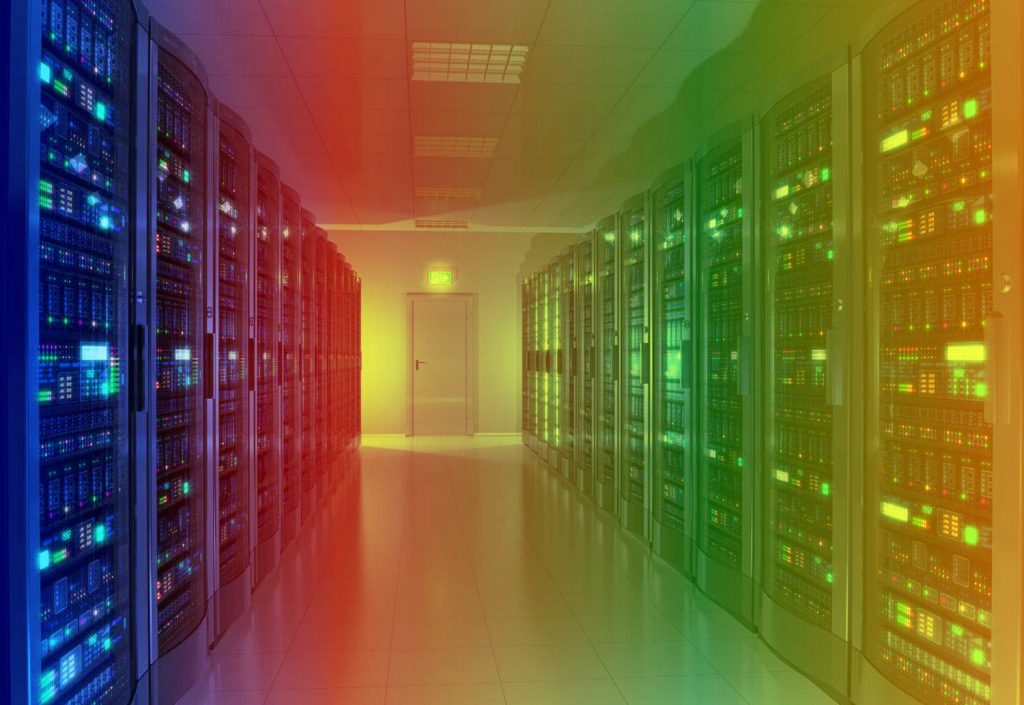Energyst Magazine February 2020 - Published Article

The Energyst Magazine
Energyst Magazine – TPIs: prepare for the next wave of disruption
Cloud computing and robotic process automation are about to disrupt the energy sector, automating energy bill management – and even procurement itself – according to third party intermediary, Catalyst Commercial Services.
Third party intermediaries (TPIs) and bill validation firms are facing a pivotal moment as they are disrupted by technology – specifically, robotic process automation, or RPA – according to Catalyst CEO, Chris Hurcombe.
TPIs: prepare for the next wave of disruption
RPA, harnessed correctly, enables transparent delivery of fully digitised end-to-end services across procurement and bill validation in minutes, not months, removing the risk of human error.
That creates an evolutionary divide between the TPIs, says Hurcombe: Those that can deliver faster, more accurately and across a broader range of services at lower cost – and those that cannot.
Rise of the robots
Robotic Process Automation will change the face of utilities management, according to Hurcombe.
“RPA is the biggest thing that nobody has ever heard of, but they will,” he says. “It basically enables automation of tasks that would usually take people days or weeks to complete into minutes.”
RPA, says Hurcombe, is what sets Catalyst’s new EaaSi platform apart – and he thinks the technology will shape the future make-up of the TPI sector.
Digital filing cabinet
The system draws in energy data across all meter points and existing supply contracts. A direct API enables feeds on a half hourly basis, keeping data up to date in close to real time – and removing the need for human data entry.
“It becomes an energy data hub and ‘digital filing cabinet,’” says Hurcombe. “So you have a digital copy of your bill on the system and the platform can pull in bills across multiple suppliers and normalise data, such as meter read data, cost data, consumption, bill dates etc. and provide a framework for site comparison,” he explains. “That in itself is a huge manual labour saving.”
Auto error correction
It uses automation to log into suppliers’ portals and collect individual bills, rather than waiting for the supplier to send them. “Then machine learning capabilities kick in,” says Hurcombe. “So if the system cannot recover all bills, it will identify what is missing and notify the supplier. But it can also fill in the gaps, creating a dummy bill based on average price/consumption for that time of year.”
Based on that information, the platform then provides automated bill validation, comparing the bill against contractual rates and consumption, and contractual terms and conditions.
“That process is fully automated. Any anomalies are flagged as alerts and it pulls in around 120 different checks to ensure bill accuracy,” says Hurcombe. “The platform provides total visibility, with transparency through the lifecycle of the contract,” he adds.
The platform then produces a payment file. Once payment is made, the system updates, and provides a full audit trail.
Better budgeting
The system is smart enough to tally aged accruals as well as ongoing forecasts, thereby enabling better budget forecasting, says Hurcombe: “Most companies want to know at the earliest point what the previous month’s costs were. Eaasi enables that and it also shows within-month costs.”
In terms of forecasting future energy bills, the platform can also harness user estate or portfolio data to deliver more accurate budget forecasts.
Automated procurement
Hurcombe says one of the most exciting areas is the ability to fully automate the procurement process.
“Energy procurement remains very much a manual process. We will change that, because once the data is in the platform, we can use it to build a tender, put it in front of suppliers and speed the process,” he says.
“Because consumption data has been normalised and put into a format suppliers can read, they can price contracts more accurately, with lower risk premia,” says Hurcombe. “For businesses with multiple sites, that can unlock significant savings, because tenders are no longer restricted to one portfolio: With more accurate consumption and pricing data, suppliers can bid for chunks as opposed to the whole portfolio,” he adds. “That should enable more competitive bids – and the system can easily manage multiple suppliers and bills.”
Finance department
While the Eaasi platform will free up time and resource for energy and procurement teams, Hurcombe believe finance departments may see most upside.
“Energy procurement and billing should sit within the finance department. They need information at the touch of a button rather than having to rely on third parties,” he says.
“From a validation perspective, there are huge labour savings to be made, and the platform’s accuracy means FDs are much more informed on energy contracts and cost management.”
The platform integrates directly into packages such as Sage, SAP or any major ERP system, “so the CFO or FD has immediate visibility, rather than having to wait for the energy manager to go through all of that”, says Hurcombe, “Which makes life much easier for both parties.”
Carbon reporting, bench-marking
The platform also provides carbon reports based on consumption data, which Hurcombe says reduces the reporting burden on energy and sustainability managers.
Meanwhile, for firms using flexible energy contracts, the software can also pull in trades executed and benchmark against market activity, enabling businesses to see how well their trading teams or partners are performing.
Over the coming months, Catalyst will add further energy management tools to the platform, which Hurcombe thinks will put pressure on more traditional TPIs to deliver genuine innovation.
“There is no replacement for market intelligence, experience and strategy,” says Hurcombe. “But there is an awful lot of wasted time and resource that can and should be automated. Too many good people are bogged down with data processing and reporting and a lot of money is being lost to inaccurate billing. That is a legacy model. It is ripe for disruption.”
